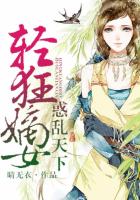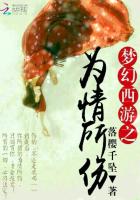Chinese script first appeared during the Shang Dynasty in China about 3,500 years ago. The script was engraved on tortoise shells and ox bones. During the Spring and Autumn (770 BC-476 BC) and Warring States period (475 BC-221 BC) writings and inscriptions were generally made on tablets of bamboo or wood. At the same time they were written on pieces of silk called chih by imperial families and noblemen. These materials had a number of disadvantages. A tablet of bamboo was too small. To write a book required thousands of bamboo tablets, joined with rope. Obviously this was very heavy and inconvenient to both read and carry and store. Silk was too thin and was thus inconvenient to use. It was also costly and thus not good for common use.
During the period of the Western Han Dynasty (206 BC-25 AD) paper was made. However, the paper was coarse in texture and inconvenient to write on. Therefore, many people were engaged in trying to find ways to make cheap and light material for writing.
During the period of the Eastern Han Dynasty (25-220), a eunuch name Cai Lun (c. 61-121) put his mind to his past experience in making paper and found paper making materials everywhere. After a lot of trial and error, he finally succeeded in manufacturing a new type of paper - at one tough and tensile and cheap.
Cai Lun’s paper was made by cutting up the bark of trees, remnants of hemp, cloth rags, and fishing nets, mashing them together, and then boiling them to get rid of all foreign bodies. The paper pulp would then be spread on the mat to dry in the sun. The dried flakes were taken off and thus sheets of paper were made.
In 105, Cai Lun submitted his paper making process to the emperor of the Han Dynasty and received praise for his achievement. Cai Lun’s new paper making technique became the standard everywhere. A decade later, Cai Lun was created the “Marquis of Longting”and the paper he made was universally called “the paper of Marquis Cai.”
Paper was invented in China. Although paper existed in China before Cai Lun, his achievements lay in improving the technique for making jute paper and overseeing the development and standardization of manufactured paper.
Though not the inventor of paper making, Cai Lun was a real innovator. He initiated the idea of making paper from the bark of trees, the remnants of hemp, cloth rags, and fishing nets.
Cai Lun made paper from plant fiber with simple equipment and familiar materials, and this was a great event in the history of human culture. Papermaking, gunpowder, printing and the compass are known as the four great ancient inventions of the Chinese people. They have played an important role in the development of Chinese science and culture and serve as among the greatest contribution made by ancient China to world civilization.














